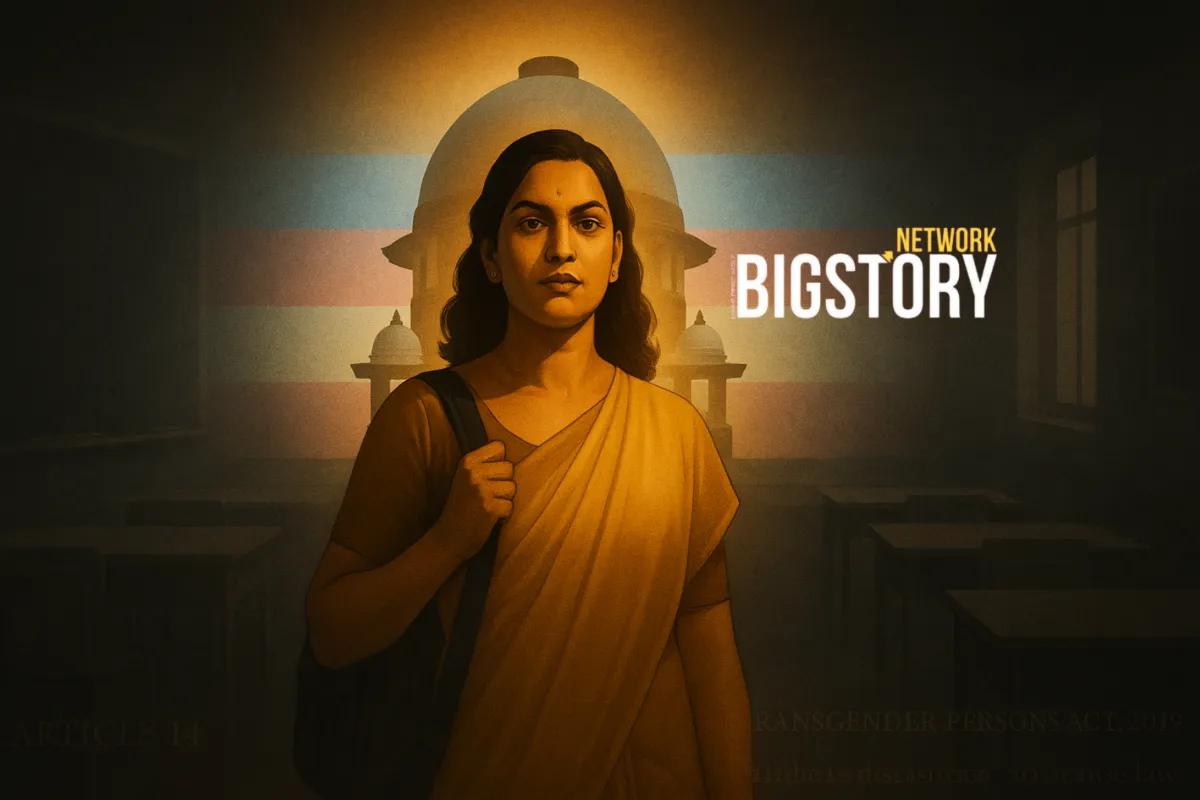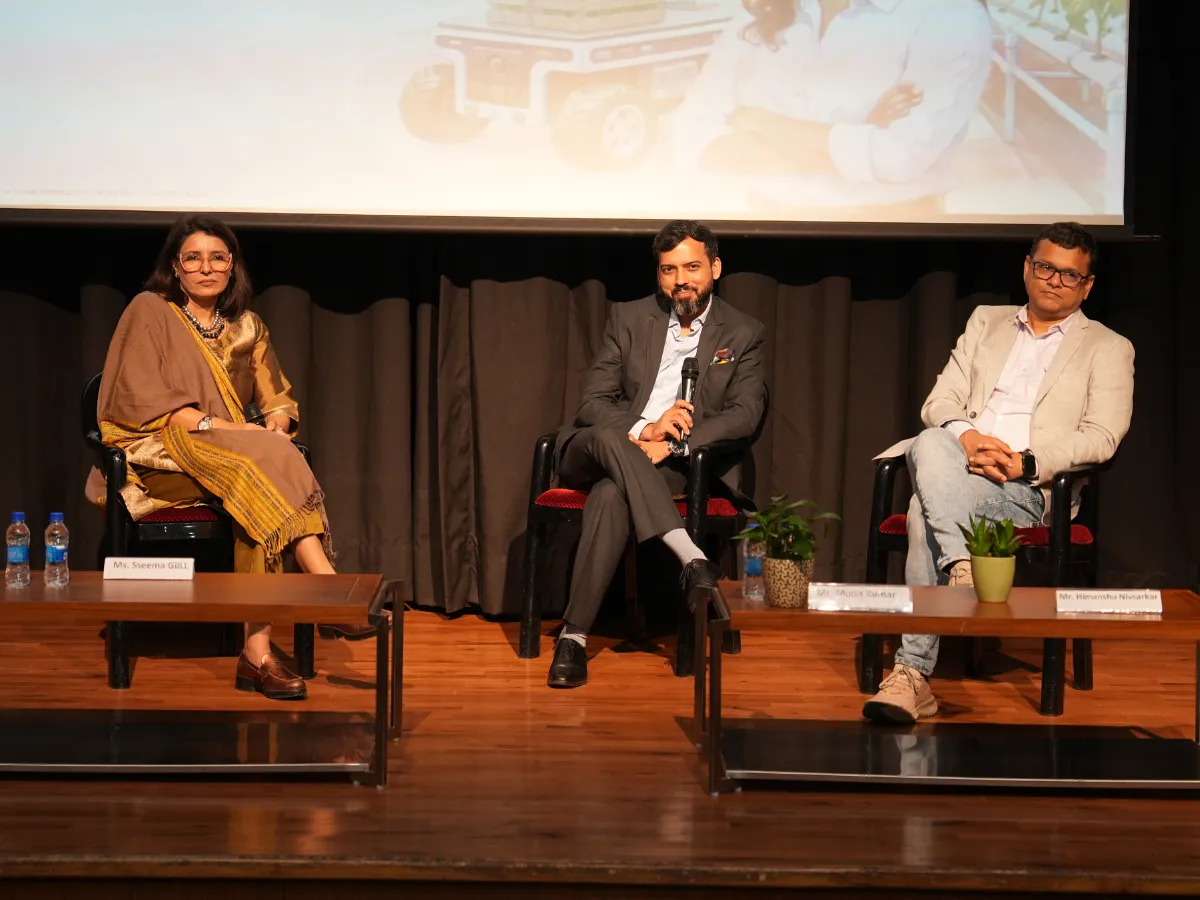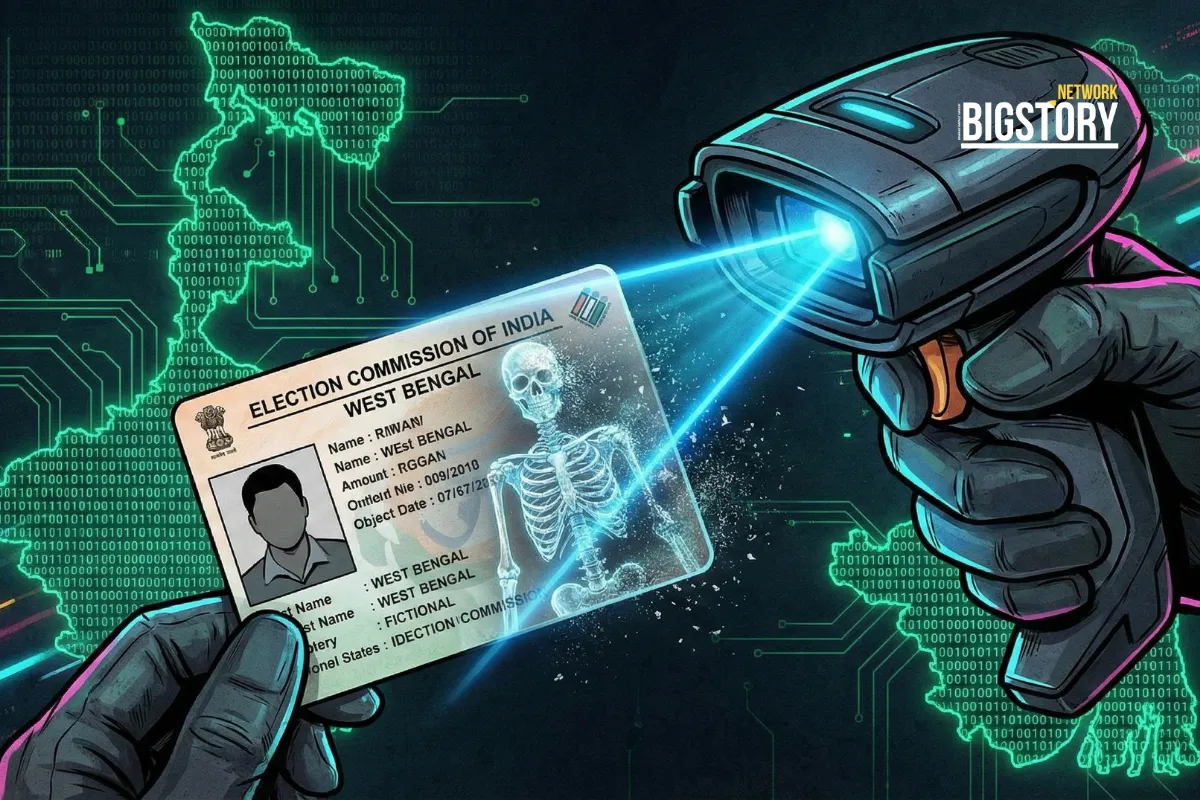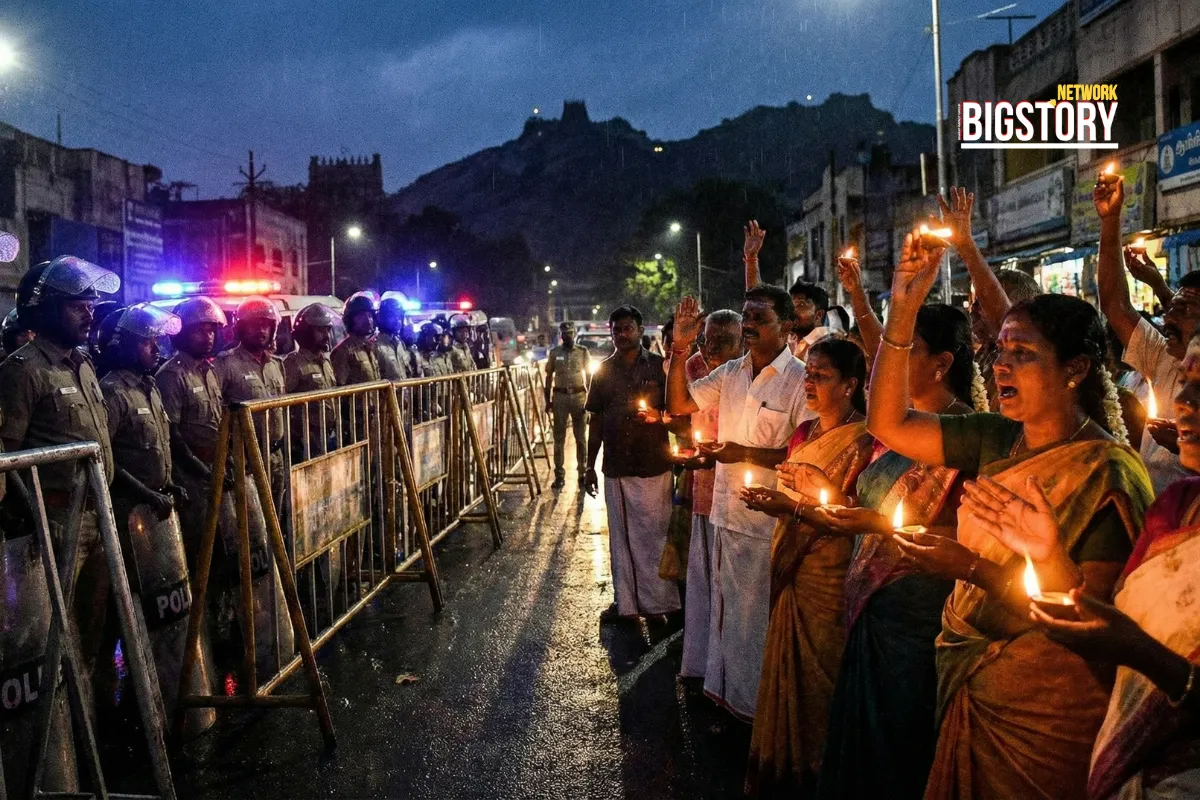The Supreme Court awards compensation to Jane Kaushik, a trans teacher fired from two schools, and sets up a national committee to draft India’s Equal Opportunity Policy for transgender persons.
 Brajesh Mishra
Brajesh Mishra

On October 16, 2025, the Supreme Court of India issued a landmark judgment awarding compensation to Jane Kaushik, a transgender woman and English teacher, for being terminated twice from two private schools on the basis of her gender identity. It also constituted a national committee to draft an Equal Opportunity Policy for transgender persons. This marks the first time India’s top court has explicitly granted compensation in such a case, setting a legal precedent for workplace discrimination based on gender identity.
A bench of Justices J.B. Pardiwala and R. Mahadevan observed that Kaushik’s treatment was inconsistent with the Transgender Persons (Protection of Rights) Act, 2019 and relevant constitutional protections. The Court:
Between November 2022 and July 2023, Kaushik was terminated from two schools in Uttar Pradesh and Gujarat shortly after her gender identity became known. She petitioned the Supreme Court in January 2024, arguing that these actions violated the 2019 Act and constitutional guarantees of equality and dignity. After nearly two years of hearings, the Court ruled in her favour.
India legally recognised transgender persons as the “third gender” in the 2014 NALSA judgment, directing governments to ensure affirmative action and non-discrimination. Parliament passed the 2019 Act, but implementation has remained uneven. Kaushik’s case demonstrates the continuing gap between legal protections and their enforcement at the ground level.
The judgment effectively creates a binding precedent for transgender persons facing workplace discrimination. It also obliges employers—including private institutions—to comply with the Court’s interim guidelines.
The Asha Menon Committee’s scope includes:
Despite legal protections, data from NHRC and ILO show high unemployment and economic exclusion rates among transgender persons in India. According to available studies:
The Court’s order arrives amid ongoing debates on reservations for transgender persons in public employment—a directive from NALSA that remains largely unimplemented at state level.
Legal experts have also flagged that AI-driven hiring tools, now widely used in the private sector, can replicate existing biases embedded in historical hiring patterns. Current laws, including the 2019 Act, do not explicitly address algorithmic discrimination, making this a potential regulatory blind spot.
The judgment provides legal clarity, but the practical challenge remains: enforcement. India has laws protecting transgender persons, but institutional compliance has lagged. The Court’s action places the responsibility on governments, employers, and educational institutions to translate rights on paper into rights in practice.
Q1. What did the Supreme Court rule in Jane Kaushik’s case?
The Court awarded compensation and issued interim guidelines against discrimination based on gender identity, while setting up a committee to draft a national Equal Opportunity Policy.
Q2. Why is this judgment significant?
It’s the first time the Supreme Court has granted compensation to a transgender person for workplace discrimination and established a policy framework to address such issues.
Q3. What does the committee aim to do?
The committee will draft workplace guidelines, review legal gaps, and propose policy measures for transgender inclusion in employment and institutions.
Q4. Are employers legally bound to follow the guidelines?
Yes. The Court stated these guidelines are binding until the Union Government frames policy. Institutions can face legal consequences for non-compliance.
Q5. How does this connect to previous transgender rights rulings?
The decision builds on the 2014 NALSA judgment and the 2019 Act, reinforcing legal protections and expanding accountability measures.






Sign up for the Daily newsletter to get your biggest stories, handpicked for you each day.
 Trending Now! in last 24hrs
Trending Now! in last 24hrs



